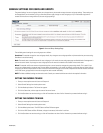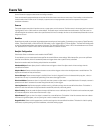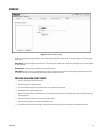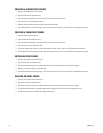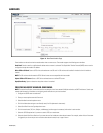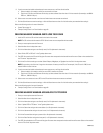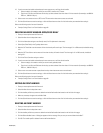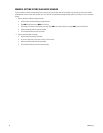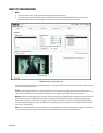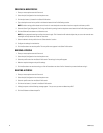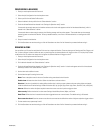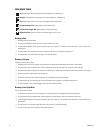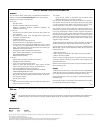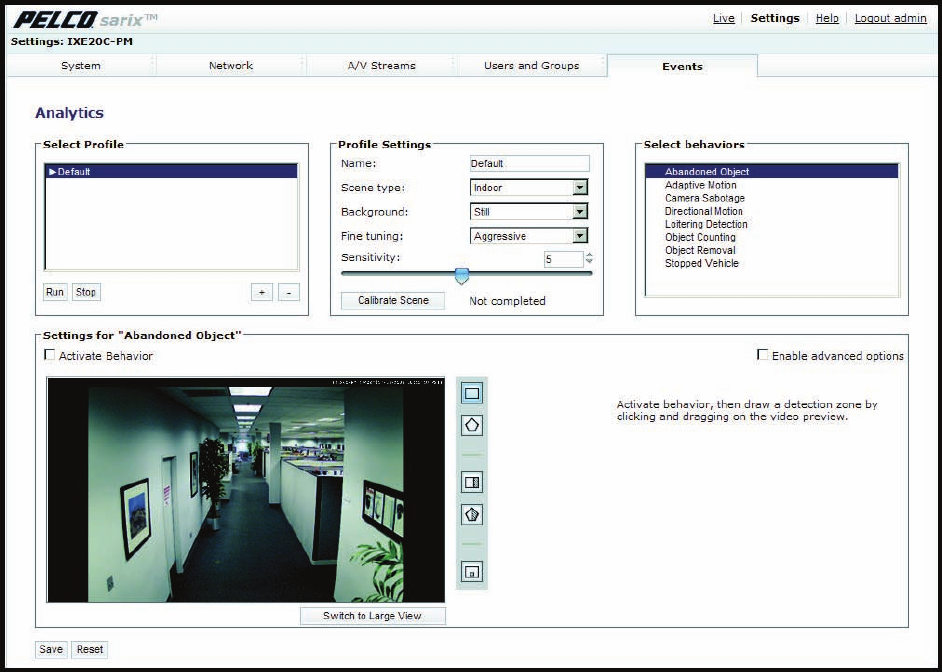
C4659M (4/10) 41
ANALYTIC CONFIGURATION
NOTES:
• This section explains how to configure and enable Pelco analytics using a Web browser.
• For information on how to receive analytic alerts for ObjectVideo Suites, refer to the ObjectVideo Web Console User Guide or the
ObjectVideo Web Console User Guide-Abridged. Both are available on the resource disc supplied with the encoder.
Figure 12. Analytic Configuration Page
To configure an analytic behavior using a standard Web browser, you must create a profile, select the behavior for the profile, and then create the
zones to be monitored by the behavior.
Profiles: A profile extends the flexibility and power of a behavior. For each behavior, you can create several custom profiles that contain
different settings. With these profiles, you can set up different scenarios for the behavior. Depending on the behavior, each profile might focus on
a different zone, have different sensitivities, detect different object sizes, or trigger an alarm based on different types of motion.
Behaviors: A behavior analyzes objects within the camera’s field of view and can be configured to detect and trigger alarms automatically when
specific activity is detected. Available behaviors are based on the encoder model. Examples of behaviors include Camera Sabotage, which
detects contrast changes in the field of view and triggers an alarm if the lens is obstructed or if the camera is repositioned; Adaptive Motion,
which detects and tracks objects that enter a user-defined zone; and Object Counting, which counts the number of objects that enter a defined
zone or cross a defined trip wire.
Zone: A zone is a defined boundary or area that is monitored by a configured behavior. A zone can be defined by a box, polygon, or tripwire, and
it can also include the direction of motion. These attributes are determined by the parameters of the selected behavior.



